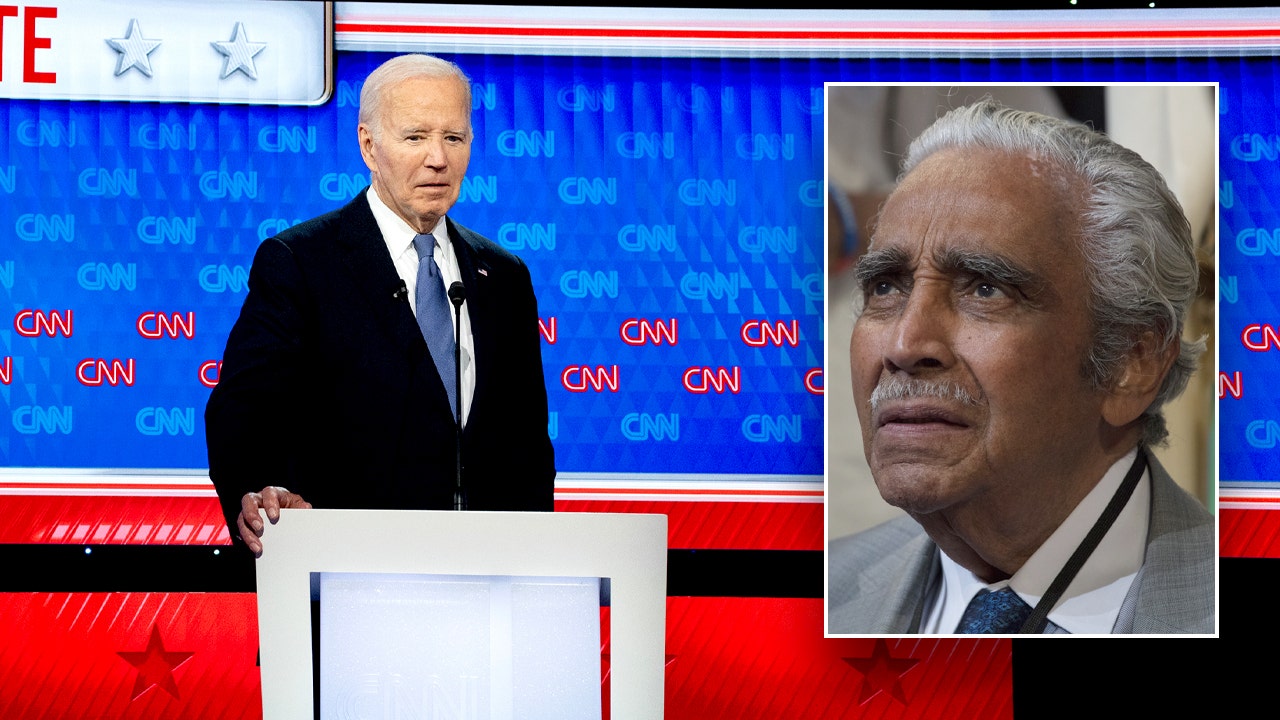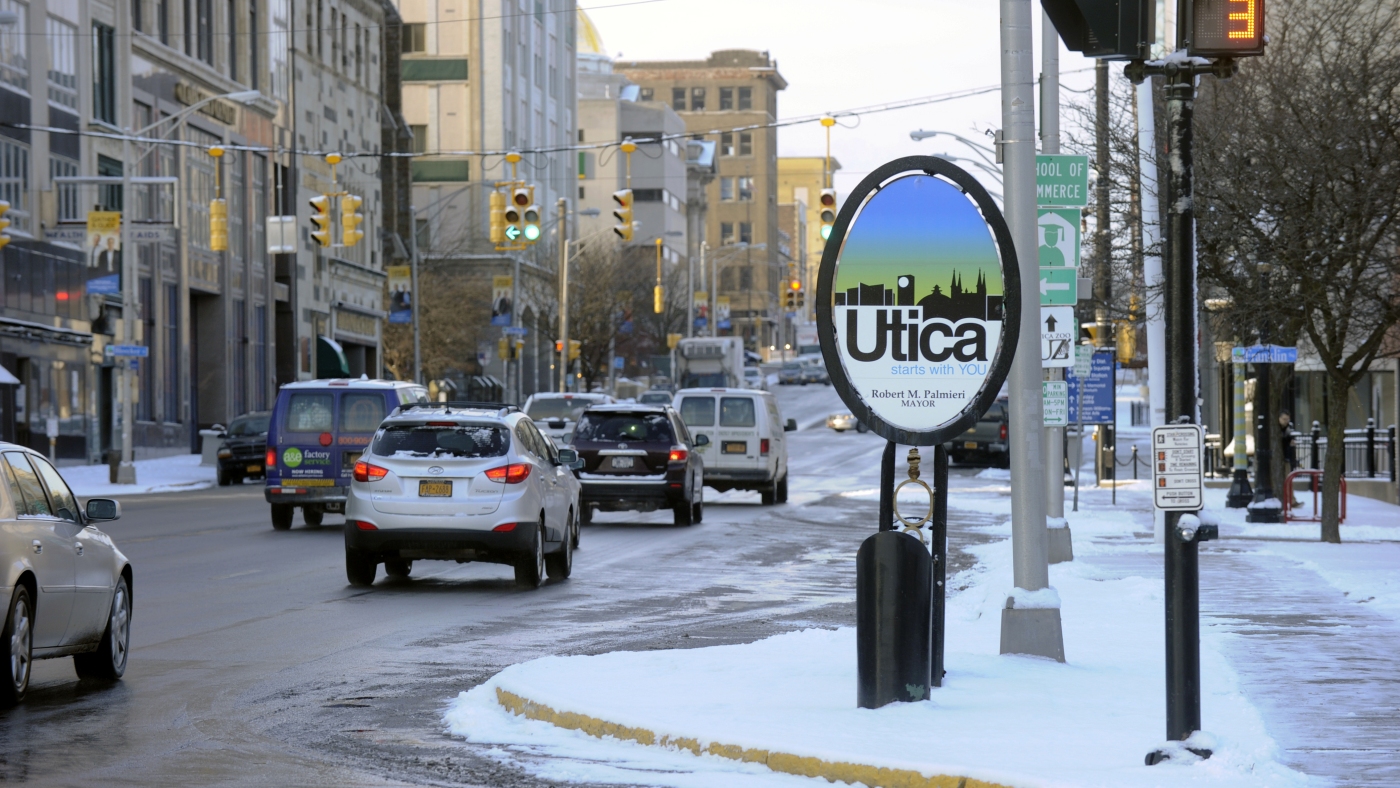Florida
Freshmen Owen Freeman, Brock Harding dazzle, Iowa thrashes Florida A&M in Des Moines
Brock Harding, Payton Sandfort enjoy Hawkeyes rout in Des Moines
Harding dazzled with his shots and passes, and Sandfort had a fun return to a place he played 12 times while at Waukee High School.
After a dreary and difficult week of basketball, the Iowa men needed a get-right game in front of a friendly environment against a listless foe.
The Hawkeyes dialed up that precise recipe Saturday at Wells Fargo Arena, with an 88-52 thrashing of Florida A&M that allowed several struggling players to get back on track.
In the afternoon appetizer for the sold-out crowd to watch hometown megastar Caitlin Clark and the Iowa women, the men toyed with the visiting Rattlers from the get-go in its first game in downtown Des Moines since a 2018 win vs. Northern Iowa.
The result – after losses to Purdue, Iowa State and Michigan by a combined 54 points – pushed Iowa back over the .500 mark at 6-5. The win was expected, but the result was needed for many in the gold uniforms.
In the first 10 minutes, eight different Hawkeyes scored, as head coach Fran McCaffery clearly wanted to get everybody in his 10-man rotation involved early.
“We haven’t been playing the connected basketball we’ve needed to over that really tough stretch,” junior Payton Sandfort said. “We’ve been working on it and practices have been very good. I’m proud of the way we started … and to start the second half we were moving it really well, too.”
That list included Sandfort, in a homecoming of his own, as the junior chipped in a pair of 2-pointers in the first 2½ minutes after having only two 2s in 89 minutes during the previous three-game stretch. In Sandfort’s first game at Wells Fargo Arena since leading Waukee to the 2021 state championship, the sharpshooter finished with 13 points on 5-of-9 shooting.
“I remember the last time I was in (the tunnel here) I was sprinting back, throwing water everywhere,” Sandfort said. “… I played 12 games in here. So many good memories in here.”
Freshman Owen Freeman sought something better than his 1-for-1 shooting game in his first career start against Michigan. He got that and was arguably the best player on the floor Saturday, other than a missed dunk with nobody around him. (Hey, rookie mistake.) The 6-foot-10 Moline native logged a team-best 14 points and a career-high 11 rebounds in 19 minutes.
McCaffery referenced some nagging injuries that slowed Freeman’s preseason progress. This looked like his best offering yet.
“Once he’s been healthy, he’s been spectacular,” McCaffery said. “He’s such a winning player and character guy and he wants to execute the game plan to perfection. Sometimes you just have to run around and fly around and impact the game with your athletic ability, your size, your strength.”
Fellow freshman forward Ladji Dembele had a rough introduction to Big Ten play and scored two points on 1-for-9 shooting in 36 minutes over the three-game skid. On Saturday, Dembele buried his first three shots – including a 3-pointer – and finished with a career-high nine points. That included a one-handed dunk for a 77-41 lead.
Senior Tony Perkins, who was mourning his grandmother’s death last week, looked more like himself Saturday. That included a dunk to start the second half and a poster-style block of 6-6 Keith Lamar. Perkins flirted with Clark-like triple-double numbers for a while but needed more minutes to do the trick. Perkins finished with 12 points, seven assists and five rebounds in just 21 minutes.
If Freeman wasn’t the best player in a Hawkeye uniform, it was freshman Brock Harding. The fellow Moline prep was electric at times, with his up-and-under reverse bucket − the shot going in with his off (left) hand − drawing oohs and aahs from the locals. Harding also canned a pair of 3-pointers and dazzled with a no-look pass to Pryce Sandfort. He even swatted Miles Hall for his first career block on his way to a career-high 10 points.
Harding looked a bit overwhelmed nine days earlier at Hilton Coliseum but the point guard showed his high upside Saturday.
“We felt like (starting slow) was a big problem the last couple games, we kind of got hit first and were behind the rest of the game,” Harding said. “We made a big emphasis to come out with (a) lot of energy. I felt like our team did a great job of that. Guys were ready to attack.”
Iowa didn’t need much from leading scorer Ben Krikke, whose five points barely eclipsed walk-on Luc Laketa’s four. That’s what kind of this game was, an empty-the-bench affair.
It would have been nice to see Patrick McCaffery heat up. The coach’s son battled recurring anxiety a year ago and hasn’t been performing at his best lately. In a team-high 21:13 of playing time, he had six points and was 1-for-4 from 3-point range, barely missing several wide-open looks.
“I thought at Iowa State he wasn’t quite himself,” his father acknowledged. “Other than that, he’s been pretty good. He’s frustrated he missed those free throws today (1-for-3). … His shots looked good. They’re open shots. He rebounded the ball fairly well today I thought (four), with three assists. He’s always looking for his teammates, and his defense I think has really been good.”
The defense looked better, too. The opponent was a big factor, sure. Florida A&M hadn’t scored more than 68 points against a Division I opponent all year and never sniffed that mark. The Rattlers scored just once on their first 11 possessions and struggled against the Hawkeyes’ rangy starting five that uses four players at 6-7 or taller, plus Perkins at 6-4.
After allowing 90 points to Michigan and Iowa State and 87 to Purdue, holding an opponent to 52 felt like an accomplishment. That was the lowest point total for a Hawkeye foe since 51 vs. Penn State on Jan. 22, 2022, a span of 59 games.
Even Fran McCaffery had a drama-free day after he was ejected in Sunday’s 90-80 home loss to Michigan. His Hawkeyes host Maryland-Baltimore College at 7 p.m. Wednesday, a chance to build on Saturday’s get-well performance.
Hawkeyes columnist Chad Leistikow has covered sports for 29 years with The Des Moines Register and USA TODAY Sports Network. Join Chad’s text-message group (free for subscribers) at HawkCentral.com/HawkeyesTexts. Follow @ChadLeistikow on Twitter.

Florida
DeSantis, extremist Republicans hammering, wounding DEI • Florida Phoenix

On June 2, a three-member panel of the U.S. Court of Appeals for the Eleventh Circuit ruled that the Fearless Fund — a Black-woman owned venture capital firm in Atlanta — violated the 1866 Civil Rights Act by awarding monetary grants to qualified Black women.
In a mind-blowing ruling, two of the three judges declared that grants disbursed by the nonprofit arm of the Fearless Fund “likely violated the federal Civil Rights Act of 1866,” casting doubt on the future of diversity, equity and inclusion (DEI) programs across the country.
The judges said the fund “was unlikely to enjoy First Amendment protection and that its program inflicts irreparable harm on the plaintiffs, an anonymous group of three white and Asian women,” as described by Fearless Fund attorney Alphonso David.
The judges chose to ignore the damage that centuries or racism, discrimination, and exclusion has inflicted on African Americans.
“Black and brown women received 0.39% of all venture capital funded, although we are 20% of the U.S. population. Of the entrepreneurial demographic, they are the least funded.” said Fearless Fund CEO and Founder Arian Simone.
“We founded the Fearless Fund to solve racial disparities. We were told that we violated the 1866 law, which was put in place to protect us and give us some level of economic freedom. They’re saying you must give your money to white men. It’s beyond disturbing … it doesn’t make sense.”
‘Small infusions of money’
Simone, an angel investor, entrepreneur, philanthropist, author, and PR and marketing specialist, said the fund gives grants of between $20,000 and $30,000 to each woman chosen, although it has made some seven-figure investments, she said, explaining that the grants are “small infusions of money to help with job creation, marketing, and cashflow management.”
“These women are on Forbes Inc.’s List — they are phenomenal and past deserving. Who has been harmed?” Simone asked during an appearance on MSNBC.
This court ruling is in direct conflict with the stated aims of diversity, equity, and inclusion programs — and a slap in face to Simone and her colleague, co-founder and general partner Ayana Parsons.
Despite the firm’s work to even the scales in favor of Black female businessowners, the court has ruled that the Fearless Fund must give money to white men even though white men as a group already receive 99% of funding.
Simone issued a statement in reaction to the ruling.
“In this fearless moment, we should all be motivated to fight after today’s decision. This is devastating for the Fearless Fund and Foundation, and for the women in which we have invested,” she said.
“I am shattered for every girl of color who has a dream but will grow up in a nation determined not to give her a shot to live it. On their behalf, we will turn the pain into purpose and fight with all our might. America is supposed to be a nation where one has the freedom to achieve, the freedom to earn, and the freedom to prosper. Yet, when we have attempted to level the playing field for underrepresented groups, our freedoms were stifled.”
The numbers
The need for programs like the Fearless Fund is borne out by the numbers.
According to nonprofit advocacy group digitalundivided, less than 1% of venture capital goes to businesses owned by Black and Hispanic women.
Meanwhile, “only 2% of investment professionals at venture capital firms were Black women in 2022, according to a study conducted every two years by Deloitte and Venture Forward, the nonprofit arm of the National Venture Capital Association, and the consulting firm Deloitte,” the Associated Press reported.
Just 1% of investment partners were Black women, the news agency said.
The Fearless Fund has directed more than $30 million to more than 41 enterprises run by women of color and empowered these marginalized people to reach and exceed their full potentials.
I agree with Simone that the lawsuit brought by Edward Blum and the American Alliance for Equal Rights is part of an anti-America campaign focused on reversing equal rights and the hard-earned gains made by African Americans.
This latest judicial setback is the most recent in a culture war waged by Gov. Ron DeSantis, his ideological toady Christopher Rufo, and other extremist Republicans in what amounts to a multi-pronged national conservative mugging of DEI.
DEI serves as a proxy for Republicans extremists intent on the systematic disenfranchisement of African Americans in education, business, the workplace, and just about every aspect of their lives.
Defenders of the status quo love to pretend that racism doesn’t exist, and they insult African Americans and others by their refusal to acknowledge the deeply corrosive effects of structural barriers, the intolerance, virulent racism, bias, and stolen opportunities that bigotry and discrimination engender.
But as Morgan Simon notes in a Forbes analysis, the ruling “is just the tip of the iceberg of a broader vision certain legal activists have for society at large, one that brushes racial inequity under our collective rug.”
Economic foundation
I applaud Simone and Parsons for developing a model to build a strong economic foundation for Black and brown women. But these women understand that they can’t climb this mountain alone. They had corporate investors including Bank of America, Carta, The Jump Fund, and JPMorganChase.
Since the rash of lawsuits and legal challenges, a number of the institutions and businesses that support DEI have been knocked off-balance or scared off.
DeSantis is knee-deep in all this, using his office to dismantle DEI in Florida. Last May, the governor signed a bill into law that bans Florida’s public colleges and universities from spending money on diversity, equity, and inclusion programs.
“If you look at the way this has actually been implemented across the country, DEI is better viewed as standing for discrimination, exclusion, and indoctrination. And that has no place in our public institutions,” DeSantis told reporters at a news conference at the time.
While college administrators argue their so-called DEI efforts represent an effective strategy to repair decades of exclusionary practices; Republican leaders insist they violate free speech, break antidiscrimination laws, and misuse public money.
According to the National Education Association, more than a dozen states have passed anti-DEI laws, including Florida, Texas, North Carolina, North Dakota, Tennessee, and Utah. These laws have forced the shuttering of multicultural and LGBTQ+ centers and have hobbled college staff working on issues such as financial aid and against sexual assault. At least 24 states are considering doing the same.
George Floyd effect
According to a report from the World Economic Forum, companies across the nation pledged donations to Black organizations and vowed to support Black-owned businesses following George Floyd’s murder by a Minneapolis police officer in 2020.
“This tragedy served as a catalyst for increased financial support for Black entrepreneurs, with a reported $850 million to $1.2 billion in VC investments directed towards Black-founded startups in 2020,” the report said.
Since then, however, venture capital funding to Black founded companies sank as the images of the Floyd killing faded, donor fatigue took hold, and many in the mainstream questioned the need to correct systemic inequities they say they didn’t create or benefit from.
“Venture capital investments in Black-founded startups plummeted by 45% in 2022,” the report said.
We are only 70 years removed from a centuries-old American apartheid system. Seventy years of a semblance of freedom. But there are those who still dehumanize African Americans and bolster systems that methodically deny oppressed Black people access to good jobs, businesses, quality education, housing, and the freedom to vote.
In 2024, Black people have nothing to lose. They may as well go for broke.
They have to first acknowledge the reality that African Americans were never considered in the American calculus. Which means that they have to think outside the box, as Simone and Parsons have.
More people need to make sacrifices to become financially literate, buy land, and grow wealth. They must use all the mechanisms available to secure those things they need. That includes becoming more intentional in using their $1.6 trillion in spending power not for baubles but to finance a range of start-ups, venture capital projects, job creators, businesspeople, businesses, and development projects.
Billions of dollars
I am no economist, but imagine if, as a group, Black people in America opted out of international and domestic travel for one year. Doing that would allow them to amass about $109.4 billion.
Imagine what they could do with this pot. They could fund venture capital and start-up projects, create a slew of businesses to cater not just Black people but to any consumers needing those services, build apartment buildings, homes, hotels, convention centers, meeting spaces and ancillary projects.
I’ve been stuck on the hospitality sphere because of the myriad possibilities. The money saved could pay for architects, construction engineers, and other professions. Most importantly, the money could be used to set up programs to train and hire hotel employees at every level, as well as managers, desk clerks, electricians, and engineers.
Sounds like one hell of a plan.
But wait.
Ed Blum and the rest of those tight ass party poopers would probably go to court to try to convince judges that it’s unconstitutional for Black people to save all that money without making sure that white men and women were intimately involved and, of course, got their cut. For no other reason than their race.
Florida
Post-Boomers: Will Florida real estate appeal to the next generations? | Home Front

Florida has always proven a desired destination for those entering the next chapter of life, most recently fueled by the number of Baby Boomers reaching retirement age running between 3.5 and 4 million annually. Born from 1946 to 1964, Baby Boomers represent one of the largest generational cohorts with approximately 76 million people representing the wealthiest and, therefore, the most enabled in history.
Florida’s appeal has been undeniable, as evidenced by its consistent ranking in the top-three destination states of all online home searches in the U.S., regardless of age. This isn’t surprising given our state’s weather, lack of state income tax, and attractive lifestyle options. Indeed, Boomers make up 41% of Florida’s homeowners and, as Millennials age and the first Gen Xers approach retirement, the demand for housing in Florida will accelerate.
The demographic shift presents challenges and opportunities to accommodate Boomers’ housing needs and preferences. A 2021 AARP survey found that 77% of Americans over 50 plan to stay in their homes as long as possible, signaling a growing market for home modifications, expansions, and community-based support systems to aid aging in place. This choice to stay put lies heavily in favorable tax laws, current low-rate mortgages, and the desire to remain in familiar communities.
With what is described as “The Great Wealth Transfer,” Baby Boomers are passing an estimated $70 trillion to the next generation. This transfer includes wealth in cash and existing homes bequeathed to relatives.
Logic suggests an enormous lift in real estate demand and opportunities for the state. Yet that assumption implies a consistent perspective on real estate from generation to generation for which evidence may suggest otherwise. Shaped by impressionable events such as the Great Recession and volatility in housing values, Millennials approach real estate with more caution and lower overall expectations, choosing to allocate less in primary residences while diversifying more into other forms of investments.
Also among the distinctions may be desired home size. Boomers own twice as many large homes with three or more bedrooms as Millennials. This trend indicates a potential sharp rise in available larger home inventory as Boomers choose to relocate or pass and a question as to whether the next generation will have a similar appetite to absorb. If not, values may not trend with the overall rate of appreciation seen with smaller homes.
Further, as the top second home market in the country, the shift from one generation to another may also be felt in this housing category. While Baby Boomers viewed second homes as investments for retirement, a place for multigenerational family gatherings, and avenues to legacy building, there is evidence Millennials place greater value on flexibility and the thought of experiences in different locations made possible through renting rather than owning a resort property.
By 2030, all Boomers will be at least 65, presenting Florida’s real estate market with challenges and opportunities. This evolution will influence home sales, new construction development, and community planning across the state. Sheer demographic and wealth statistics strongly suggest Florida will continue to be a winner among states as it relates to real estate.
In the end, it may depend on whether children, despite their initial protests, become more and more like their parents when they age as so often we have discovered.
Budge Huskey is chief executive officer of Premier Sotheby’s International Realty.
Florida
Florida-bred Dancing N Dixie Gets Up in Time to Win Tepin Stakes – FTBOA
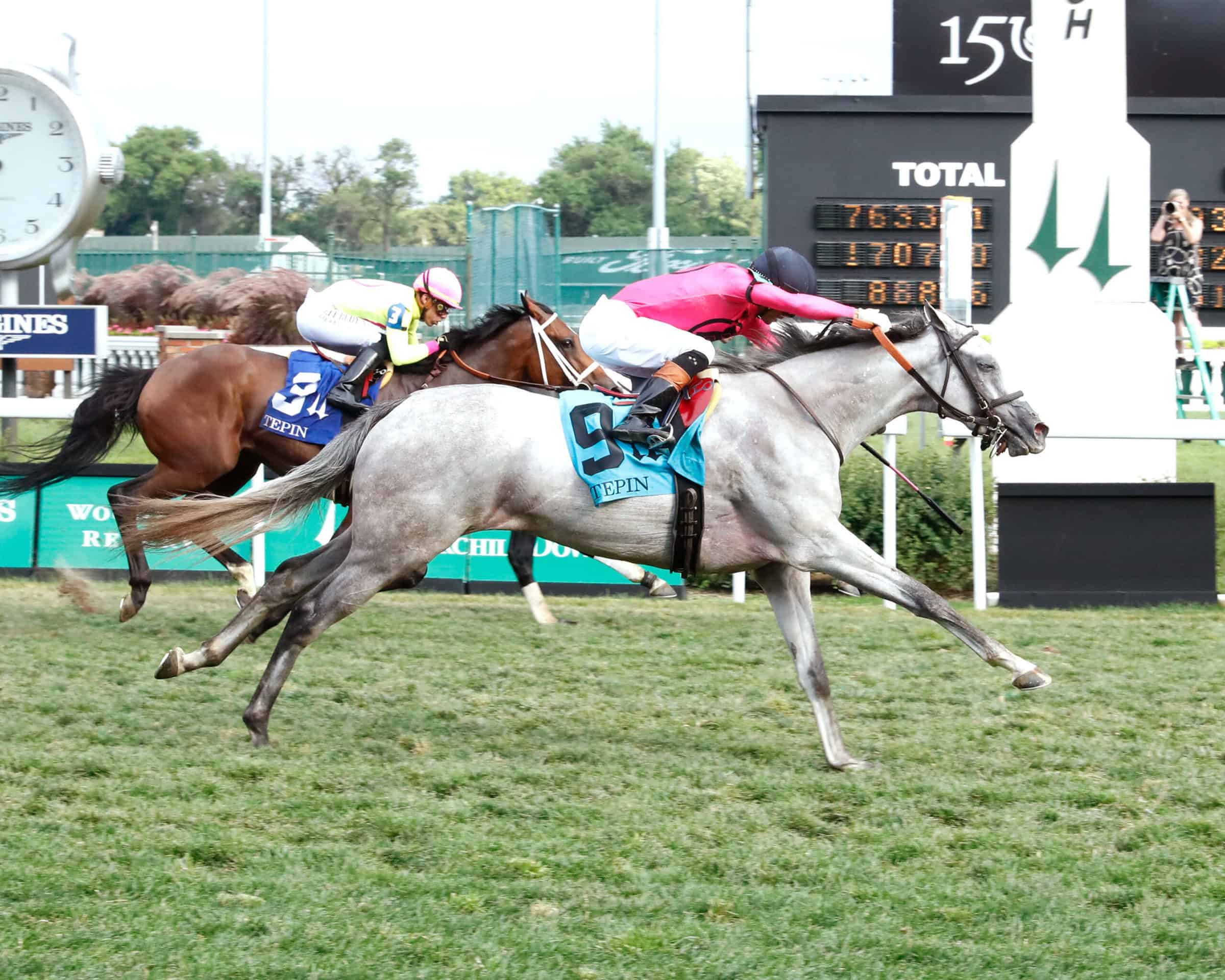
BY CHURCHILL DOWNS PRESS OFFICE
LOUISVILLE, KY—Dancing N Dixie rallied from the outside to edge Mo Fox Givin by a neck at the wire and won Saturday’s fifth running of the $233,418 Tepin for 3-year-old fillies at Churchill Downs.
Trained by Mark Casse and ridden by Jose Ortiz, Dancing N Dixie completed one mile on firm turf in 1:36.04 for owners Gary Barber, Rocky Top Stables and Chris Moore’s LEMB Stables.
Previously, Dancing N Dixie finished third in three consecutive graded stakes events. She finished just a length behind winner Waskesiu in the Grade 3 Florida Oaks at Tampa Bay Downs on March 9 then was less than a length off of winner Buchu in the Grade 2 Applachian at Keeneland on April 6. In her last race, the 3-year-old gray or roan filly was just a length-and-a-half behind Dynamic Pricing in the Grade 2 Edgewood at Churchill Downs on May 3.
Pipsy (Ire) set the pace and led the field of eight 3-year-old fillies through early fractions of :23.83 and :47.76. The closers, including Dancing N Dixie who raced in seventh down the backstretch, began to make their moves around the far turn. Mo Fox Givin found open seam in deep stretch and spurted to the front nearing the sixteenth pole but it was Dancing N Dixie, who made a sweeping wide move in the stretch and rallied home strongly for the over-the-top win at the wire.
Mo Fox Givin was second, a half-length in front of Kathynmarissa in third. Poolside With Slim (Ire), Just Better, My Brazilian Girl, Simply in Front and Pipsy completed the order of finish. Dozen Diamonds, Kodiac Wintergreen (Ire) and Voodoo Magic were scratched.
Dancing N Dixie paid $11.78 to win.
“She’s a very nice filly and got unlucky in her last two starts,” Ortiz said. “She kept finding more the more I asked her.”
With her win Saturday, Dancing N Dixie improved her career record to three wins and three thirds in 10 starts with purse earnings of $320,550. Saturday’s victory was worth $135,315.
She was is a graduate of the 2023 Ocala Breeders’ Sales June Sale where White Type Stables selected her out of the Blue River Bloodstock consignment for $35,000.
Dancing N Dixie is by Pleasant Acres Stallions’ Neolithic out of Foolhearted Woman, by Uncaptured. Dancing N Dixie, who was bred in Florida by the late Freddie Hyatt, is the only winner for Foolhearted Woman. Foolhearted Woman has an unraced 2-year-old filly, Morning Brew, by Curlin’s Honor; and a yearling colt, Freddie’s Honor, by Curlin’s Honor.
Brock Sheridan contributed to this report
Return to the June 29 issue of Wire to Wire
-

 News1 week ago
News1 week agoTracking a Single Day at the National Domestic Violence Hotline
-

 World7 days ago
World7 days agoIsrael accepts bilateral meeting with EU, but with conditions
-

 World1 week ago
World1 week agoIs Israel’s Smotrich fulfilling his dream of annexing the West Bank?
-

 News1 week ago
News1 week agoSupreme Court upholds law barring domestic abusers from owning guns in major Second Amendment ruling | CNN Politics
-

 Politics1 week ago
Politics1 week agoSupreme Court upholds federal gun ban for those under domestic violence restraining orders
-

 Politics1 week ago
Politics1 week agoTrump classified docs judge to weigh alleged 'unlawful' appointment of Special Counsel Jack Smith
-

 World1 week ago
World1 week agoNew Caledonia independence activists sent to France for detention
-

 News1 week ago
News1 week agoA Florida family is suing NASA after a piece of space debris crashed through their home



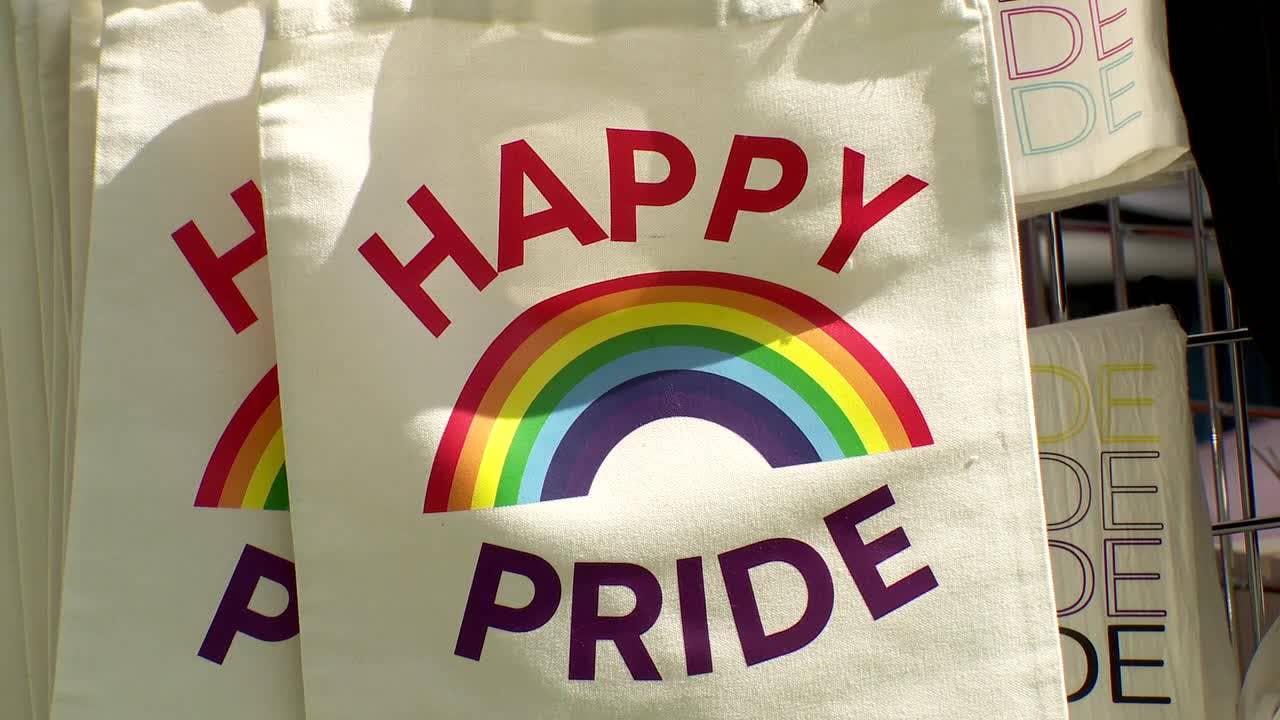


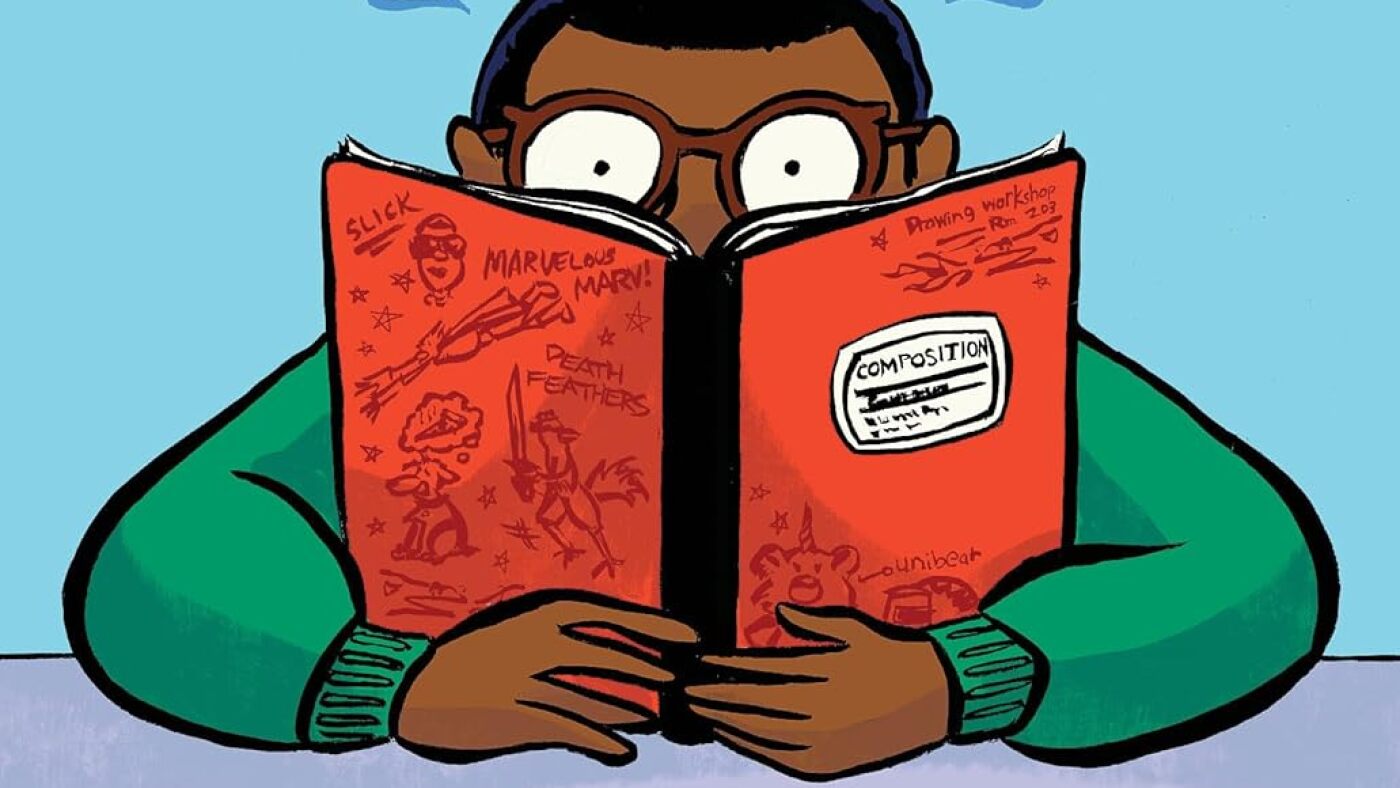
/cdn.vox-cdn.com/uploads/chorus_asset/file/25512791/Screenshot_2024_06_30_at_4.37.29_PM.png)

